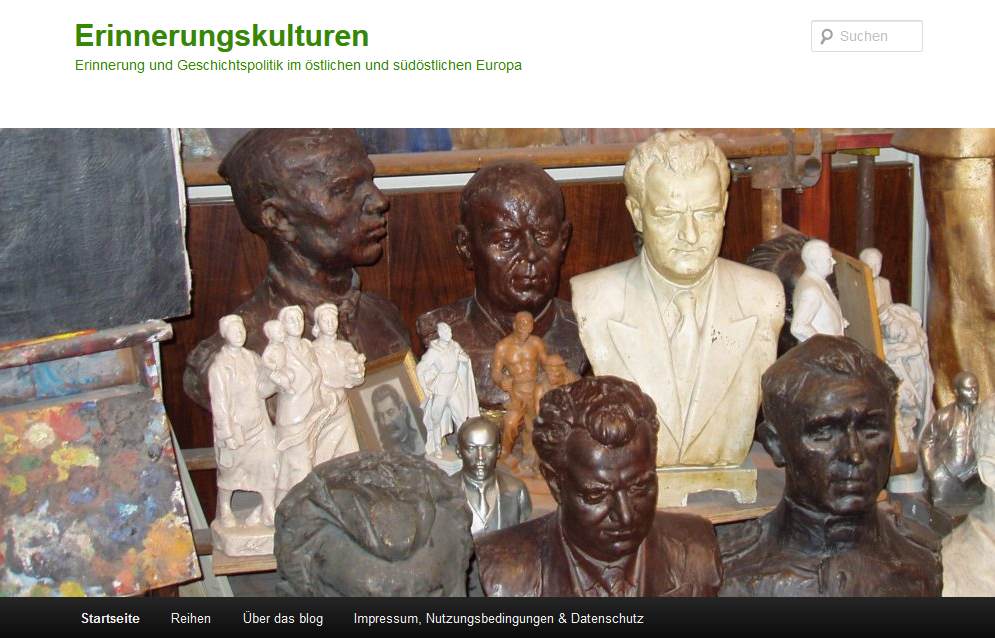100th article published on the Graduate School’s research blog "Erinnerungskulturen"
Butovo as an example of a commemorative culture "from below" - Anniversary contribution by Ekaterina Makhotina
07.12.2018
The hundredth article has been published in the research blog "Erinnerungskulturen. Erinnerung und Geschichtspolitik im östlichen und südöstlichen Europa" [Memory Cultures. Remembrance and history policy in East and South-East Europe] of the Graduate School. In the jubilee contribution (in German), Dr. Ekaterina Makhotina, Alumna of the Graduate School and Research Associate of the Department of Eastern European History of the University of Bonn, illuminates the development of the Russian Butovo Memorial near Moscow. On this former NKVD shooting range, more than 20,000 people were murdered between 1937 and 1938 as part of the "Great Terror" of the Stalin era. As Makhotina points out, Butovo is a good "bottom-up" example of a Russian commemorative culture that evolves independently of state historical policies - and ultimately influences them.
The former NKVD shooting range near Butovo is the largest execution and burial site of the Stalinist terrorist operations in the Moscow area. Between August 8, 1937, and October 19, 1938, on the outskirts of today's Russian capital, a few kilometers south, more than 20,000 people were executed. Most of them were workers. Employees and farmers formed the second and third largest victim groups. The Stalinist terror appears here once again as a completely arbitrary, inexplicable operation as the targeted groups were meant to be the ones carrying the socialist "worker’s state".
But the mass repressions, triggered by a Politburo ruling and executed by the NKVD, the Soviet People's Commissariat of Internal Affairs, Secret Order No. 00447 had their "own logic and rules." Only a small group of Stalinist researchers has knowledge of the structures and mechanisms of this mass terror. In public consciousness, on the other hand, there is still a fuzzy image of aimless, all-encompassing and irrational terror and it is, therefore, often described by words such as "evil", "drama", "tragedy" or "catastrophe". To date, family members have no answer as to why.
The research blog "Remembrance cultures" is an initiative of the Graduate School for East and Southeast European Studies. It presents research projects and research results on remembrance cultures in Eastern and Southeastern Europe from a transnational and interdisciplinary perspective. It also wants to comment on current debates.
We thank all authors for their cooperation and all loyal readers for their interest! If you would like to contribute to the blog yourself, please don’t hesitate to contact the editors.
Reading
Ekaterina Makhotina: Gedenkkultur "von unten": Butovo und die Erinnerung an Opfer, Märtyrer und Täter des Großen Terrors. In: Erinnerungskulturen. Erinnerung und Geschichtspolitik im östlichen und südöstlichen Europa, 07.12.2019, https://erinnerung.hypotheses.org/4946.


